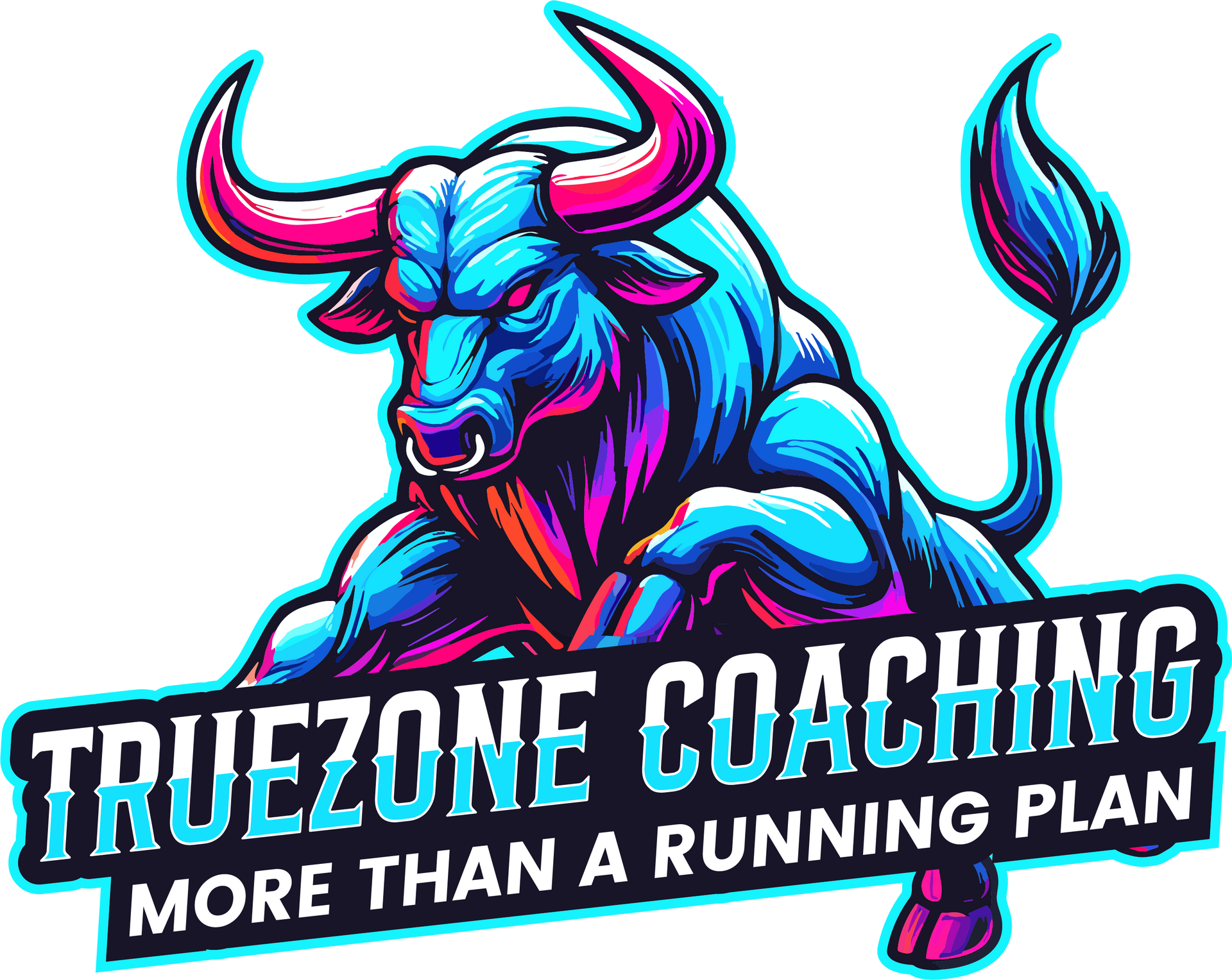What is Cardiac Drift? 🤷♂️
Don't make training harder than it needs to be
Okay, so what exactly is cardiac drift? 🤔 Simply put, cardiac drift is the gradual increase in your heart rate 💓 over time during exercise, even when your pace or perceived effort remains the same. 🔄 Imagine you start a run at a comfortable pace, and for the first few miles, your heart rate is steady. 📈 But then, even though you haven't sped up, your heart rate starts creeping up, bit by bit. That's cardiac drift in action! 🚶➡️🏃 Athletes in our training programs get a leg up on the competition because I monitor and evaluates their heart rate data & build their weekly training plans using techniques to help reduce cardiac drift.
Why Does Cardiac Drift Happen? 🌡️💧
There are several reasons why cardiac drift occurs:
Dehydration: 💦 As you sweat, your blood volume decreases. To maintain blood flow to your working muscles, your heart has to beat faster.
Increased Body Temperature: 🥵 During exercise, your body temperature rises. To dissipate heat, blood is diverted to the skin, which again requires your heart to work harder.
Hormonal Changes: 🧬 Hormones like epinephrine and norepinephrine increase during prolonged exercise, which can also elevate your heart rate.
Fatigue: 🥱 As your muscles fatigue, they become less efficient, and your heart has to work harder to deliver oxygen.
Why Does Cardiac Drift Matter for Runners? 🏃♀️💨
Knowing about cardiac drift is crucial for runners because:
It Can Affect Your Training Zones: 🎯 If you're relying solely on heart rate for training zones, cardiac drift can throw you off. You might think you’re in an easy zone, but your heart rate could be creeping into a harder zone without you realizing it.
It Can Impact Performance: 🏁 Excessive cardiac drift can lead to fatigue and a drop in performance. You might find yourself slowing down or struggling to maintain your pace.
It Indicates Stress on Your Body: ⚠️ A significant amount of cardiac drift can signal that your body is under stress—whether from heat, dehydration, or overexertion.
How to Identify Cardiac Drift 🔍❤️
Identifying cardiac drift is relatively simple:
Monitor Your Heart Rate: ⌚ Use a heart rate monitor during your runs. Watch for a gradual, sustained increase in heart rate over time, even if your pace stays consistent.
Track Your Data: 📊 Keep a running log with notes on your heart rate, pace, and how you felt. Patterns will emerge over time.
Compare Runs: 👯♀️ Compare runs of similar distance and intensity under different conditions (weather, hydration, fatigue). See if certain factors increase your cardiac drift.
What Can You Do to Improve/Minimize Cardiac Drift? 🛠️✨
Here’s where we get practical. You can minimize cardiac drift with these strategies:
Stay Hydrated: 💧 This is the BIGGEST factor! Ensure you're well-hydrated before, during, and after your runs. Consider electrolyte drinks, especially in hot weather.
Run in Cooler Temperatures: 🌤️ If possible, run in the early morning or evening to avoid the hottest part of the day. When races are held in the heat, remember this might add to your cardiac drift which is why the race pace will be slower than anticipated.
Pace Yourself: 🐢 Start slower than you think you should, especially in longer runs. This helps manage your body temperature and reduces early fatigue.
Consistent Training: 🏋️♂️ Regular, consistent training strengthens your cardiovascular system, making it more efficient and reducing cardiac drift.
Improve Aerobic Fitness: 🚴♀️ Focus on building your aerobic base with lots of easy miles. A strong aerobic system is key to minimizing cardiac drift.
Monitor Perceived Effort: 🤔 Don't rely solely on heart rate. Pay attention to how you feel. Use the Rate of Perceived Exertion (RPE) scale. If your heart rate is climbing but your RPE is still low, you're likely experiencing drift. If RPE climbs, then it might be more about effort levels and fatigue.
Strength Training: 🏋️♀️ Building overall strength, particularly in your legs and core, can improve running efficiency and reduce strain on your cardiovascular system.
Benefits of Minimizing Cardiac Drift 🏆🌟
Minimizing cardiac drift offers several fantastic benefits:
Improved Performance: 🥇 You'll be able to maintain your pace for longer, especially in longer distances.
Better Training Efficiency: 📈 Your training will be more precise, as you'll be able to stay within your intended training zones.
Reduced Fatigue: 😴 By managing your heart rate, you’ll avoid pushing your body too hard and delay fatigue.
Faster Recovery: 😌 Less stress on your cardiovascular system means quicker recovery after runs.
Overall Health: ❤️ A well-managed heart rate is good for your overall health and well-being!
In Conclusion 🏁🎉
Cardiac drift is a normal part of running, especially in certain conditions. But by understanding what it is, why it happens, and how to manage it, you can significantly improve your training and performance. 🚀 Remember to stay hydrated, pace yourself, and listen to your body. Your heart will thank you! ❤️
Keep striving for that TrueZone! 💪 And as always, happy running! 👟💨
📧 James@TrueZoneCoaching.com
#TrueZoneCoaching #RunningCoach #RunningCoachNearMe #TrainingTips #MarathonTraining
